
Preview
Material for Exam 2 - Spring 2008
Print
the PDF version (no pictures, better printing)
The Red Crossbill (Loxia curvirostra) is a finch with an oddly-shaped beak. The tips of the upper and lower mandibles are elongated and actually cross each other when the bill (beak) is closed. Crossbills use their unique bills like a lever to pry open the green cones of pines and other coniferous trees. When the cones are open, the birds use their tongues to extract the seeds within. Crossbills occur primarily in the taiga region of Canada, but they wander widely when cone crops fail.
At least 7 different subspecies or “types” of Red Crossbill are currently recognized in North America. Scientists are gathering evidence to determine if those 7 different types are really 7 distinct species. That question is a difficult one because crossbill types overlap widely in plumage color, body size, and bill size. The types can only be differentiated by their “flight” calls (short notes uttered frequently to keep the flock together while the birds fly from place to place), however, which are distinctive among types. The different crossbill types also differ somewhat in diet. Type 2 crossbills feed almost exclusively on the big cones of Ponderosa Pine; Type 3 birds specialize on the small soft cones of three or four different tree species; Type 6 crossbills feed on a wide variety of large and small cones, as well as tree buds and some insects.
Fresh pine seeds are not easy to digest. Monoterpenes are organic compounds found in pine resin (used to make turpentine for paint thinning) and can be toxic if ingested in sufficient quantity. There is evidence to suggest that monoterpenes make axon membranes leaky to potassium (K+), and probably sodium (Na+) as well. Crossbills supplement their diet with salts and other minerals that they gather from clay deposits, salt and grit spread on roads, and even from yellow snow left behind by urinating dogs.
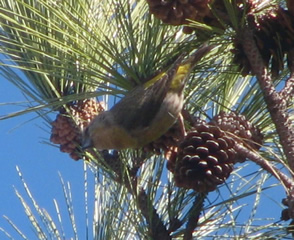 source
source
source
In the 1970s, the U.S. government outlawed the sale and use of the insecticide DDT, amid concerns that DDT concentrations in certain bird species were so high that the birds were experiencing widespread reproductive failure. Excessive DDT leads to a thinning of eggshells, and many eagles, pelicans, and other species were actually crushing their own fragile eggs in their nests.
Since the ban on DDT, other insecticides have been used across wide areas of the United States. While not as damaging as DDT, certain legal insecticides on the market today are still responsible for the death of millions of birds in recently sprayed fields each year. The most popular insecticides belong to a class of compounds known as “organophosphates”, and they are powerful inhibitors of the enzyme acetylcholinesterase
 source
source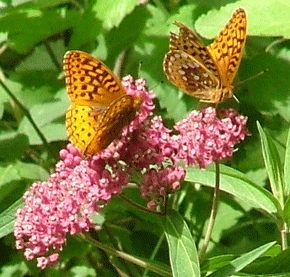 source
sourceA population of one species of butterfly contains some individuals with red patches on their wings, some with orange patches, and some with yellow patches. During a hurricane, some members are blown to an island 20 miles offshore that did not have any butterflies. Ten butterflies made it to the island, and all ten of them were the type that had yellow patches on their wings.
The island had abundant flowers and the butterflies were highly successful there. A botanist who studied flowers on the island noticed that a certain species of flower that was a favorite of the butterflies had changed since the arrival of the butterflies: Compared to “pre-butterfly colonization”, the flower now produced much more nectar in its flowers.
The Coastal Pacific Giant Salamander (Dicamptodon tenebrosus) is (still!) the largest terrestrial salamander found in the United States, residing in northern California, Oregon, and Washington. These salamanders occasionally reach lengths of 35 cm (nearly 14 inches) including the tail. They have a variety of potential predators, including weasels, mink, mergansers, river otters, water shrews and trout. To deter predators from eating them, these salamanders are unique in that they produce a terrible tasting milky substance that is secreted from glands on the surface of their tails.
In the U.S., there are three distinct species of black widow spiders, although all are similar in appearance, behavior, and habitat. Females produce a toxin (alpha-latrotoxin) which increases the release of multiple neurotransmitters in neuromuscular synapses. Although it is extremely rare for a person to suffer from a black widow bite, an antivenom can be administered. Researchers have developed a new antivenom (Aracmyn) and are currently testing it in hopes for approval by the FDA for public use. Scientists researching the effectiveness of the new antivenom are collecting data to determine whether it relieves pain better than the old antivenom. They use the Wong-Baker pain face scale to help people suffering from a black widow bite describe the intensity of their pain.

source
James is a 6-year-old boy who is fascinated by fish. His mother purchases a pet kit including a fish bowl, live aquatic plant, and a fish. She sets up the freshwater (0.3% salt) environment for him and he proudly displays it in his room. After some time, James notices his fish seems sluggish and swims slowly at night. This occurs when the sun goes down and his bedroom light is off (a dim night light allows him to barely see the fish to notice its behavior). His mom monitors the temperature of the water using a thermometer and it does not change. They also try to feed the fish late in the evening but this does not seem to have an effect.
Your friend obtained a very big bottle with transparent green glass (it allows only green light to go through). He wants to use it as a terrarium. However, the plants he tried to grow there died although he kept the bottle near the window.
Your friend (who failed BIOL 1114 twice) added a few pet mice to the terrarium and sealed the bottle to prevent their escape. He was surprised to find that the mice died just one hour later.
On the Hawaiian Islands over 1000 species of Drosophila (“fruit flies”) exist and new ones are discovered regularly. They are genetically very similar (but not identical), yet vary considerably in many ecological ways: they are herbivores, predators, detritivores, nectivores, and parasites; their larvae live in rotting stems, fruits, bark, lleaves, and roots.
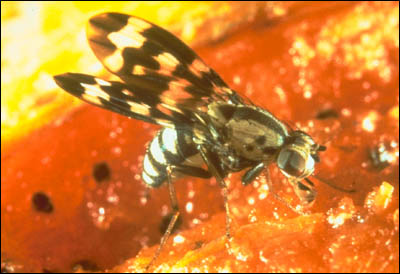 source
sourceFollowing the recent winter ice storms, large piles of tree limbs sit in many towns, awaiting disposal. Phil Mulkins in the February 12th issue of the Tulsa World addresses the concern that piles of tree limbs may spontaneously combust! “The tree debris contains limbs and trunks with a moisture content of 60%. The bark and roots are covered with microorganisms that cause decay of cellulose and fermentation of glucose. Both processes generate heat, and the insulation provided by the piled limbs keeps the heat from escaping.”
 source
source source
source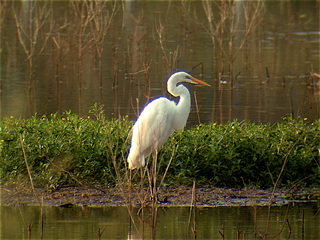
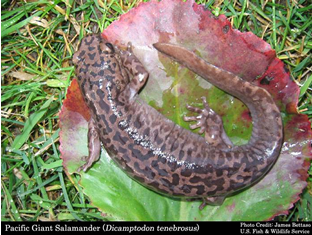 source
source
 source
source source
source